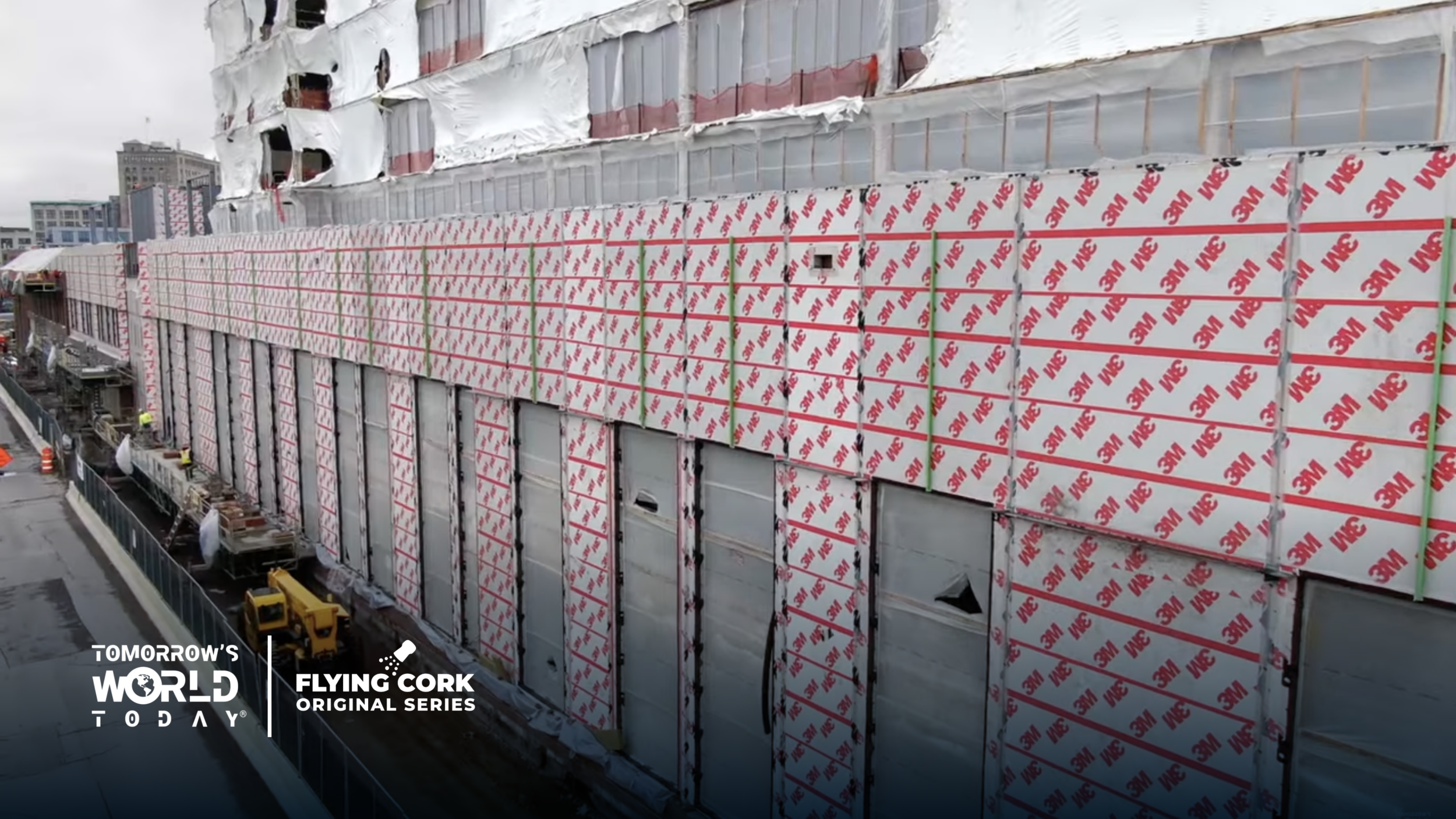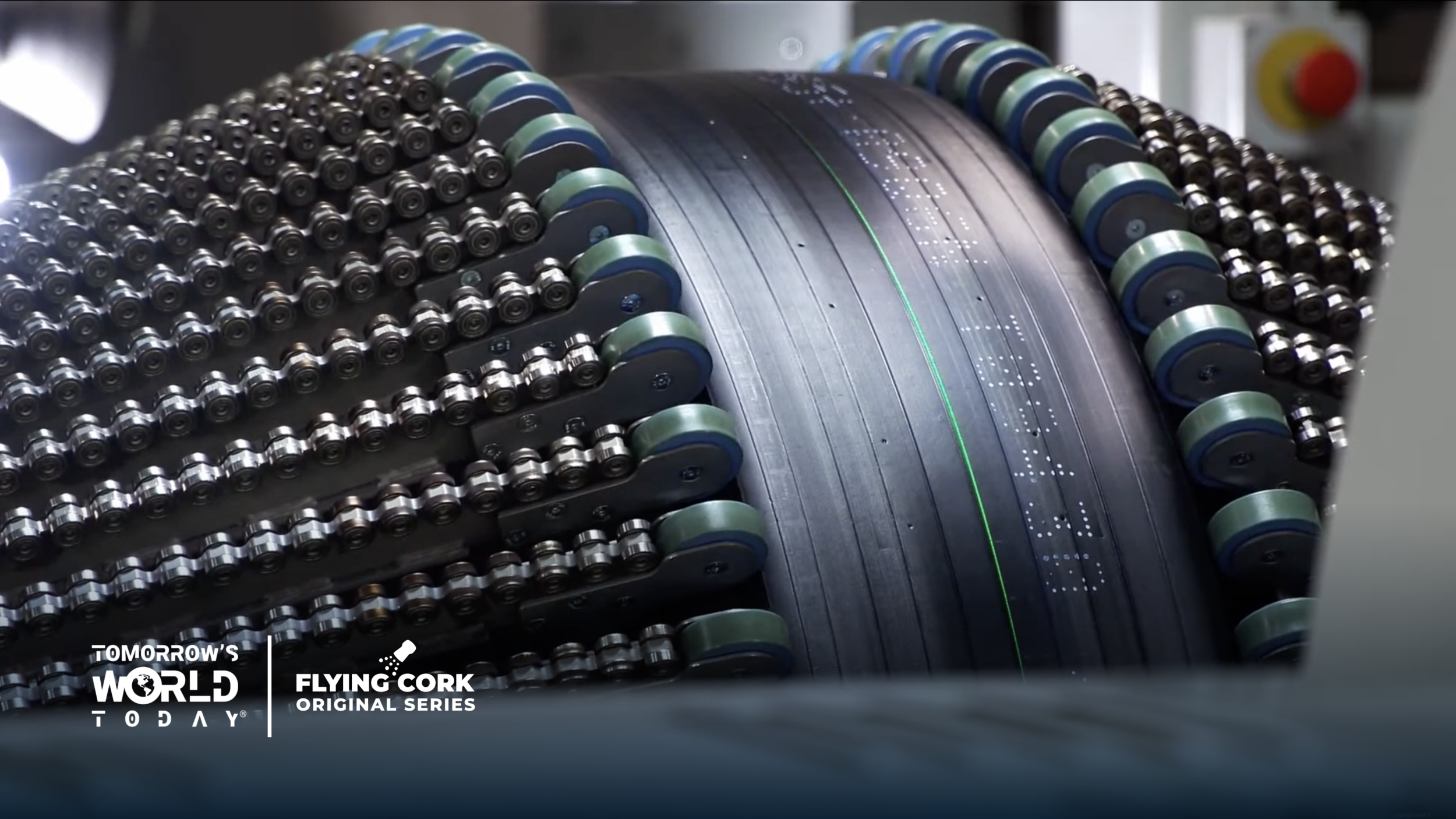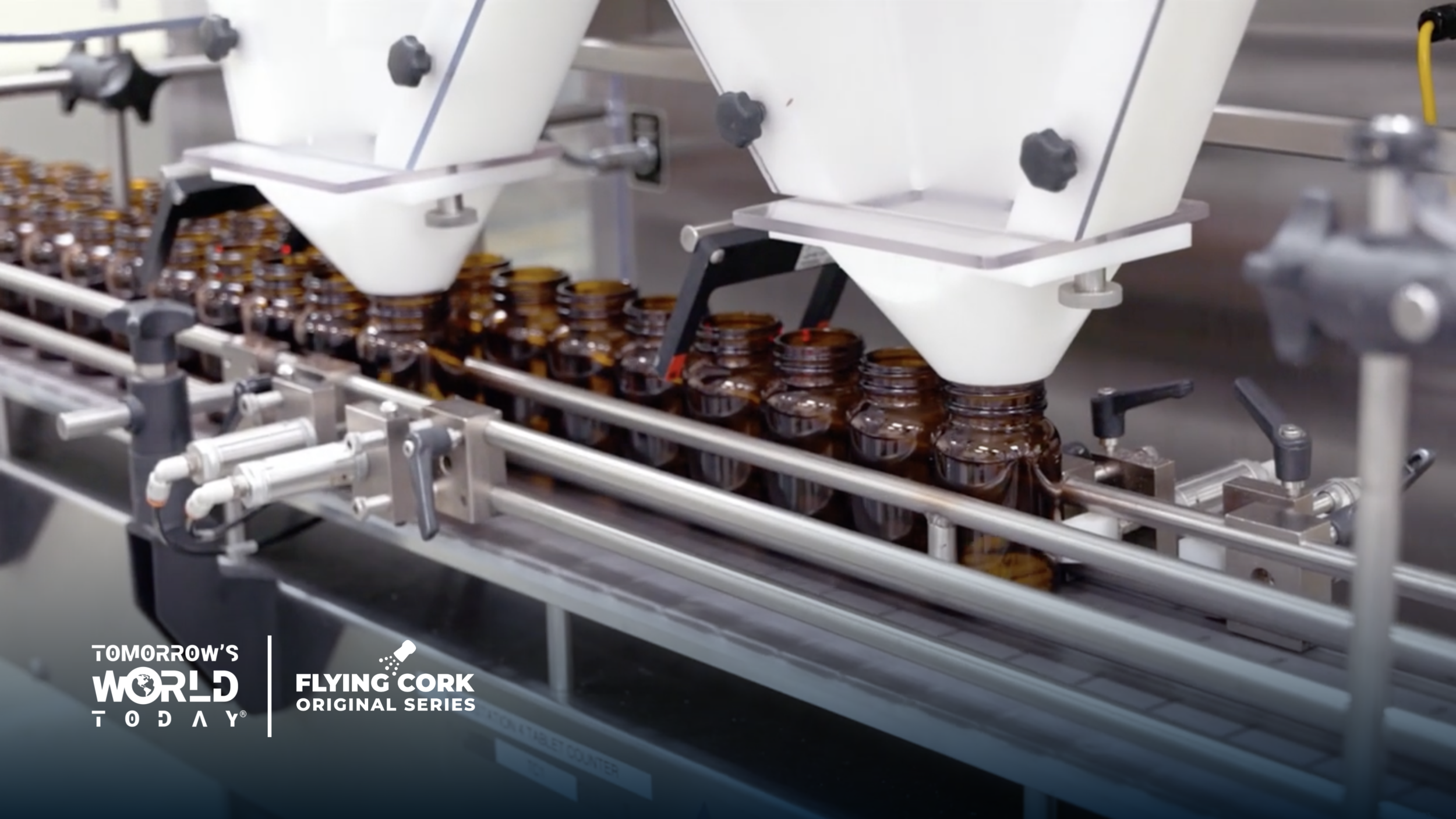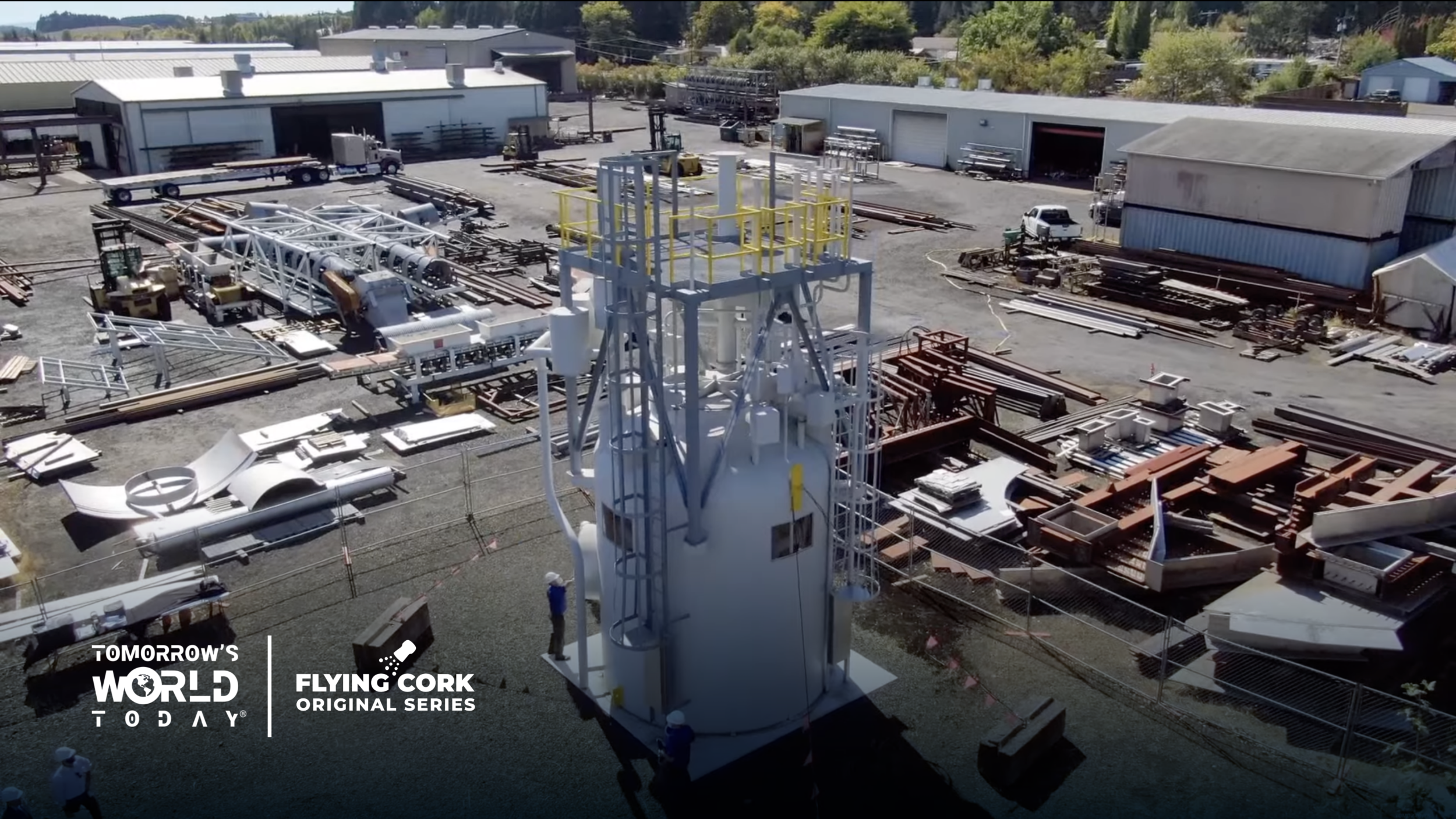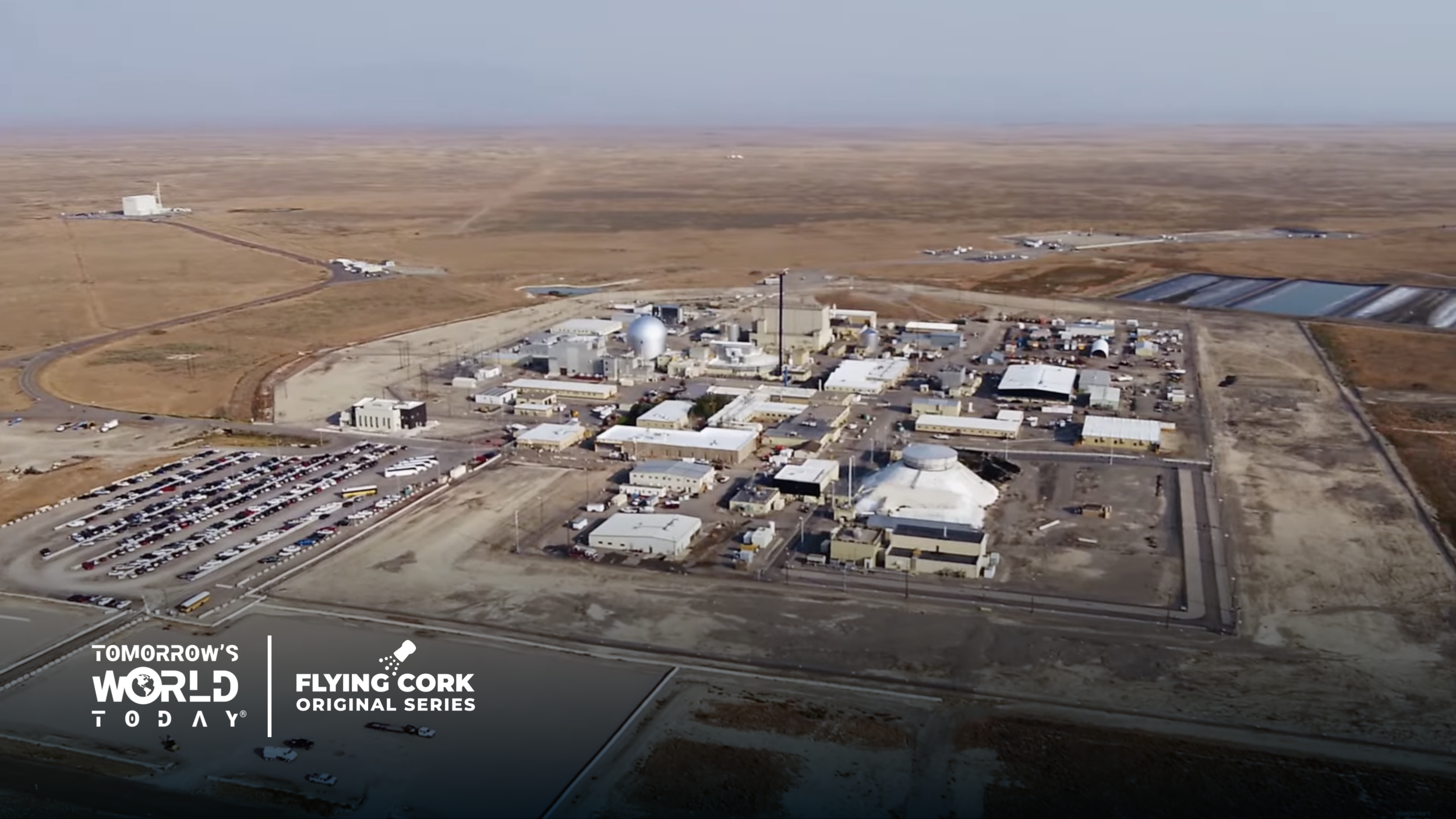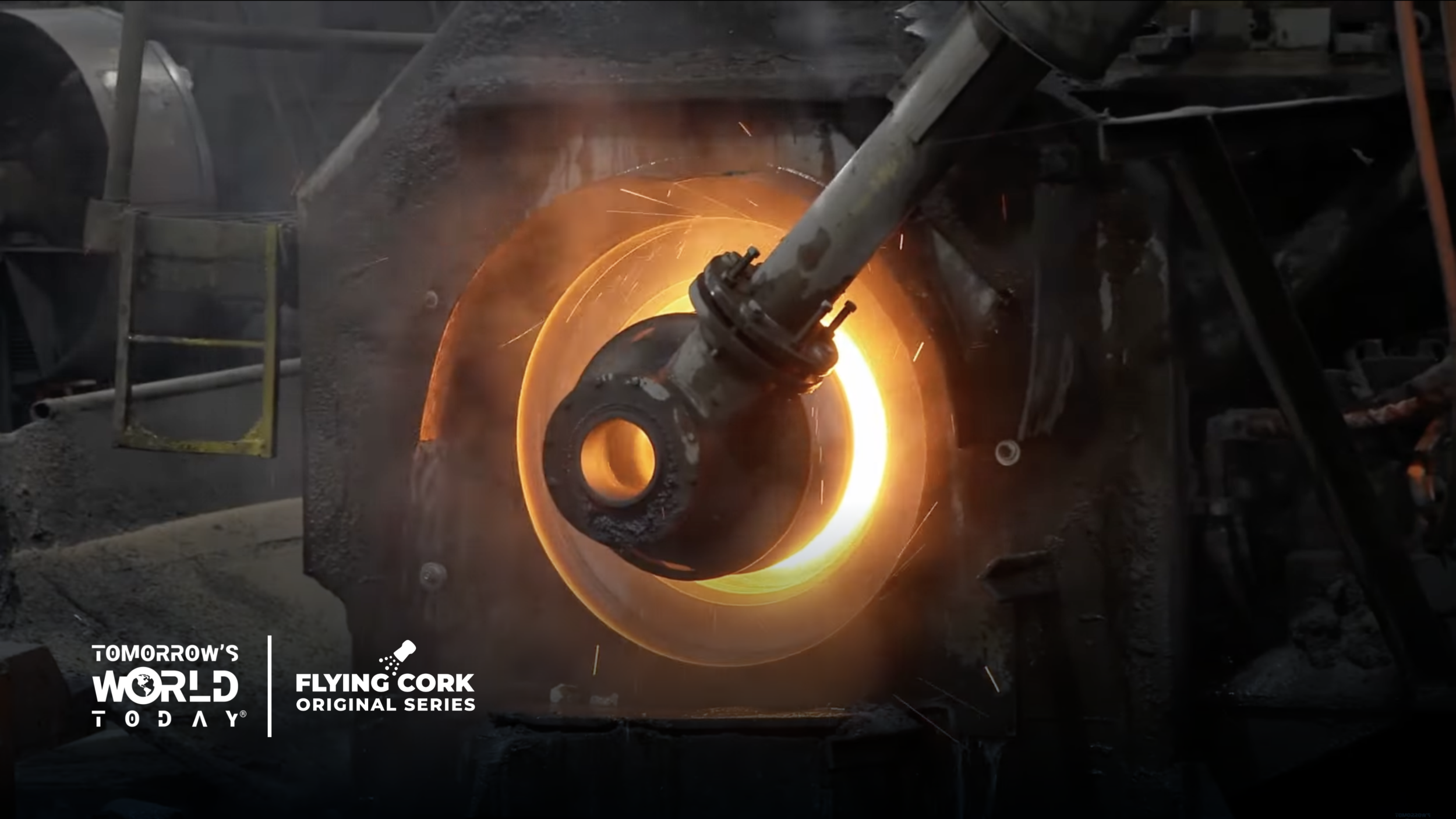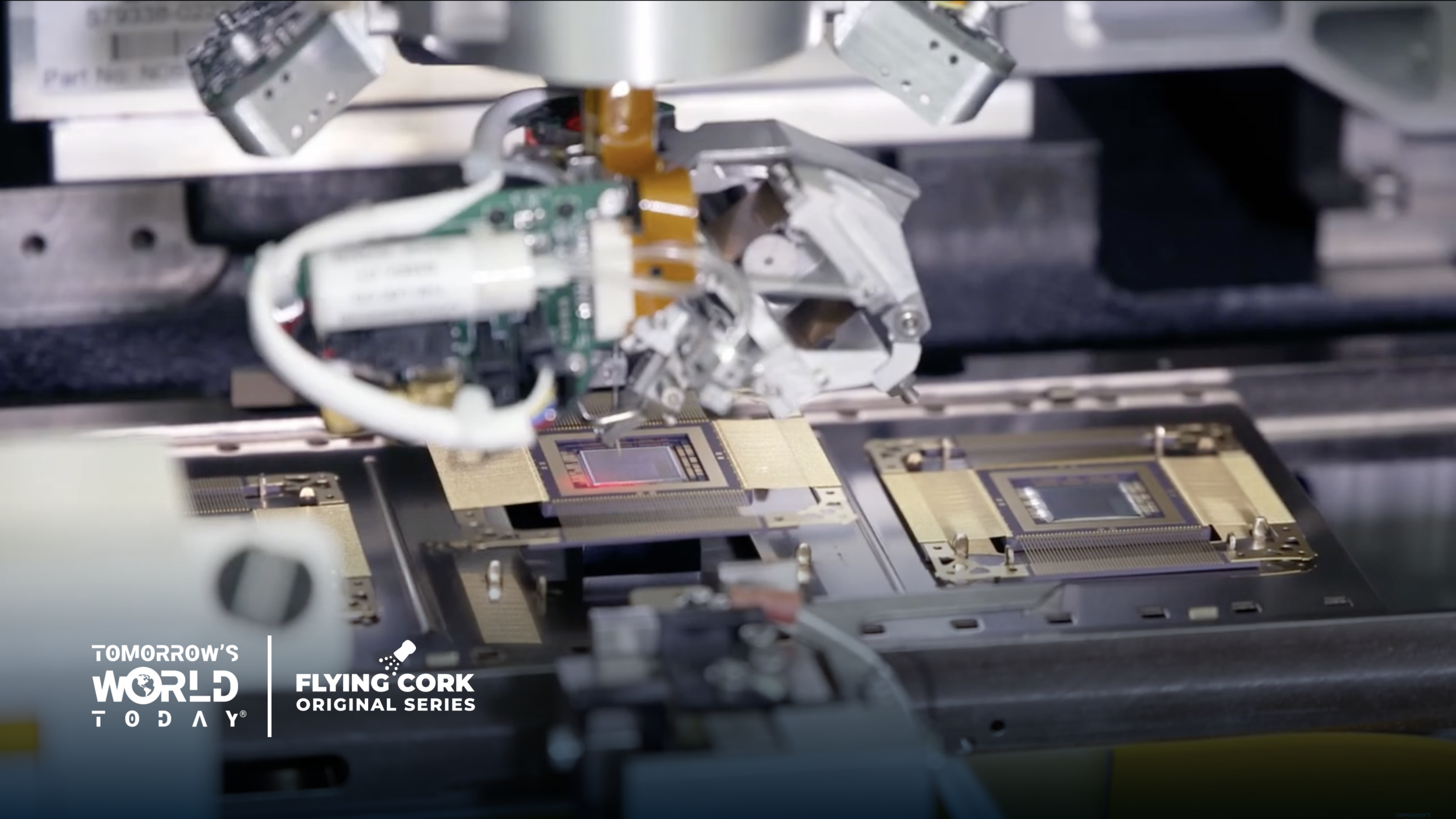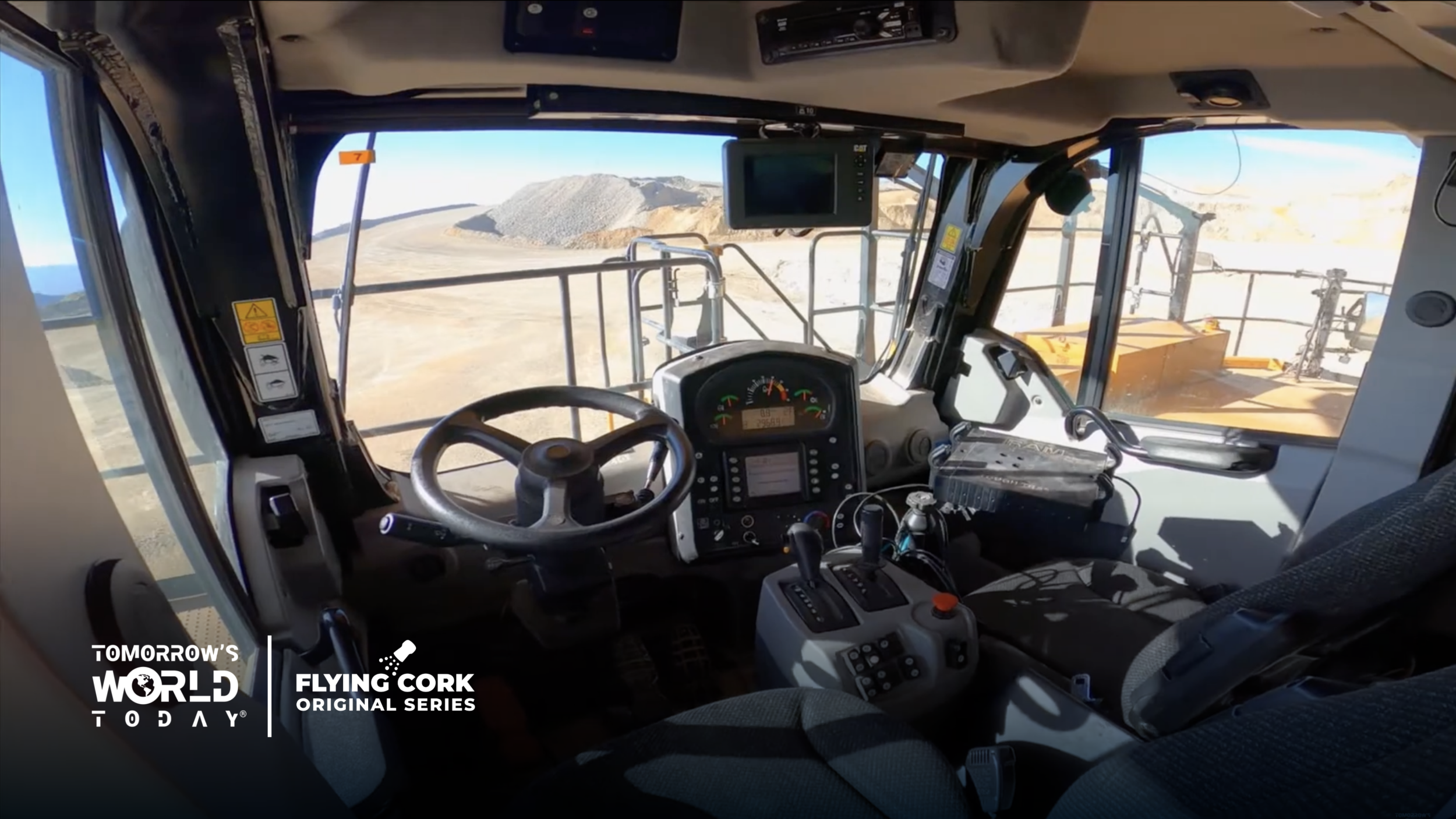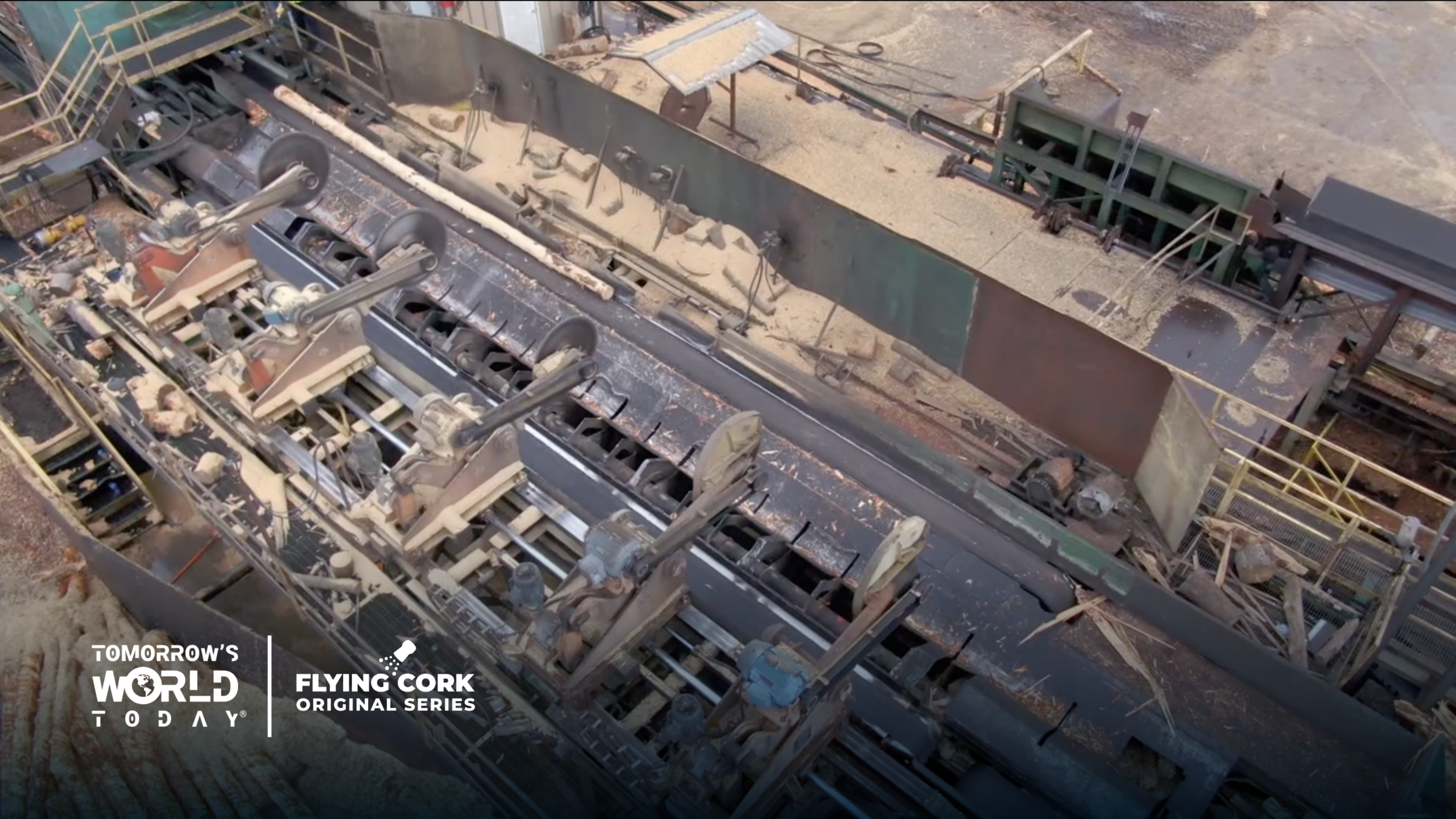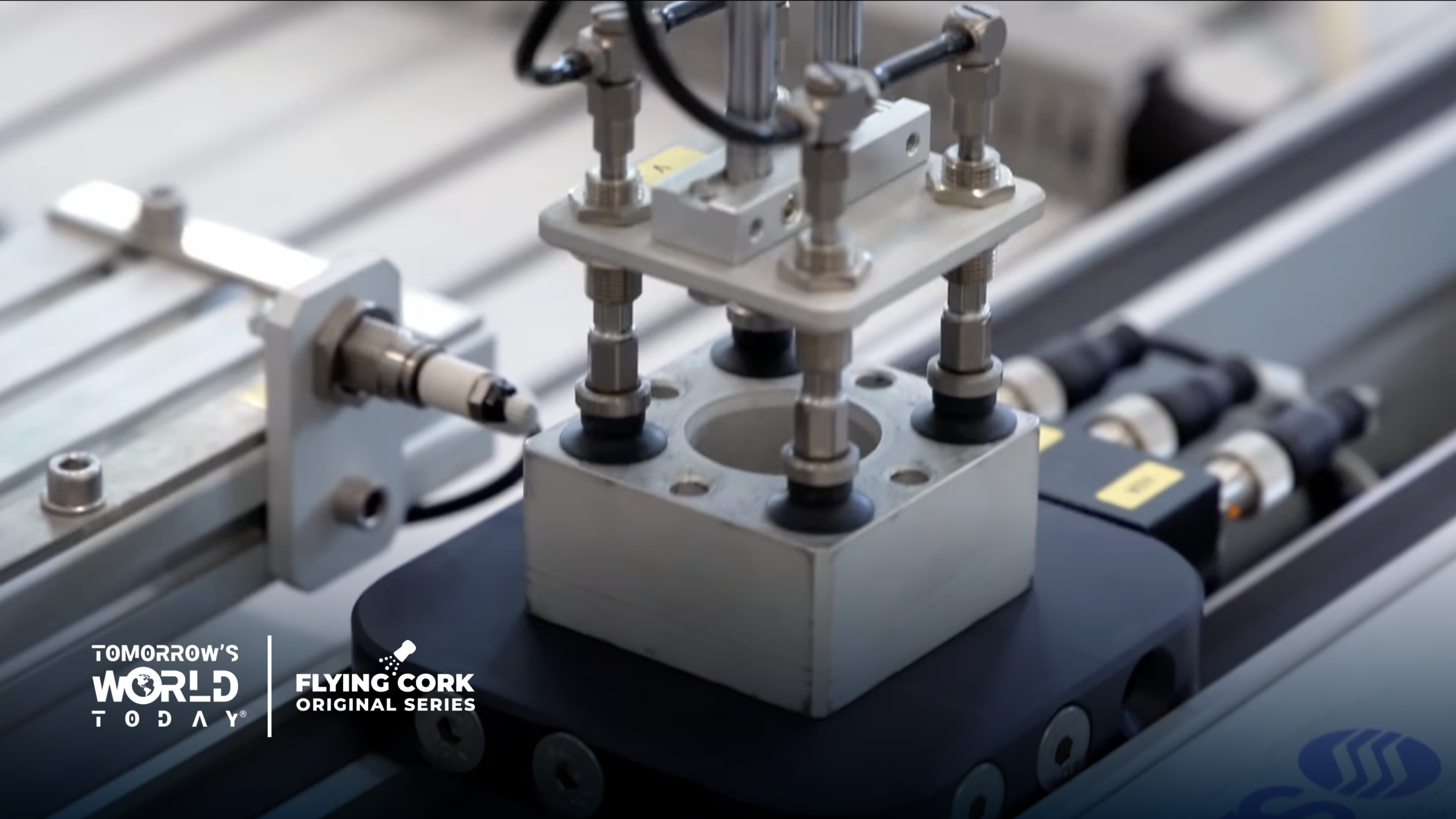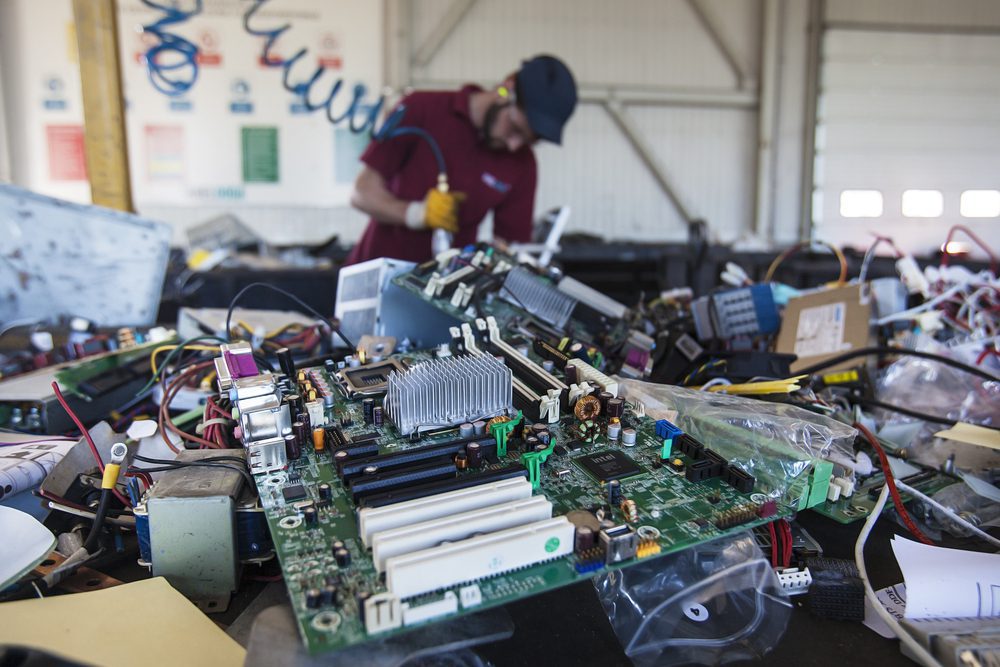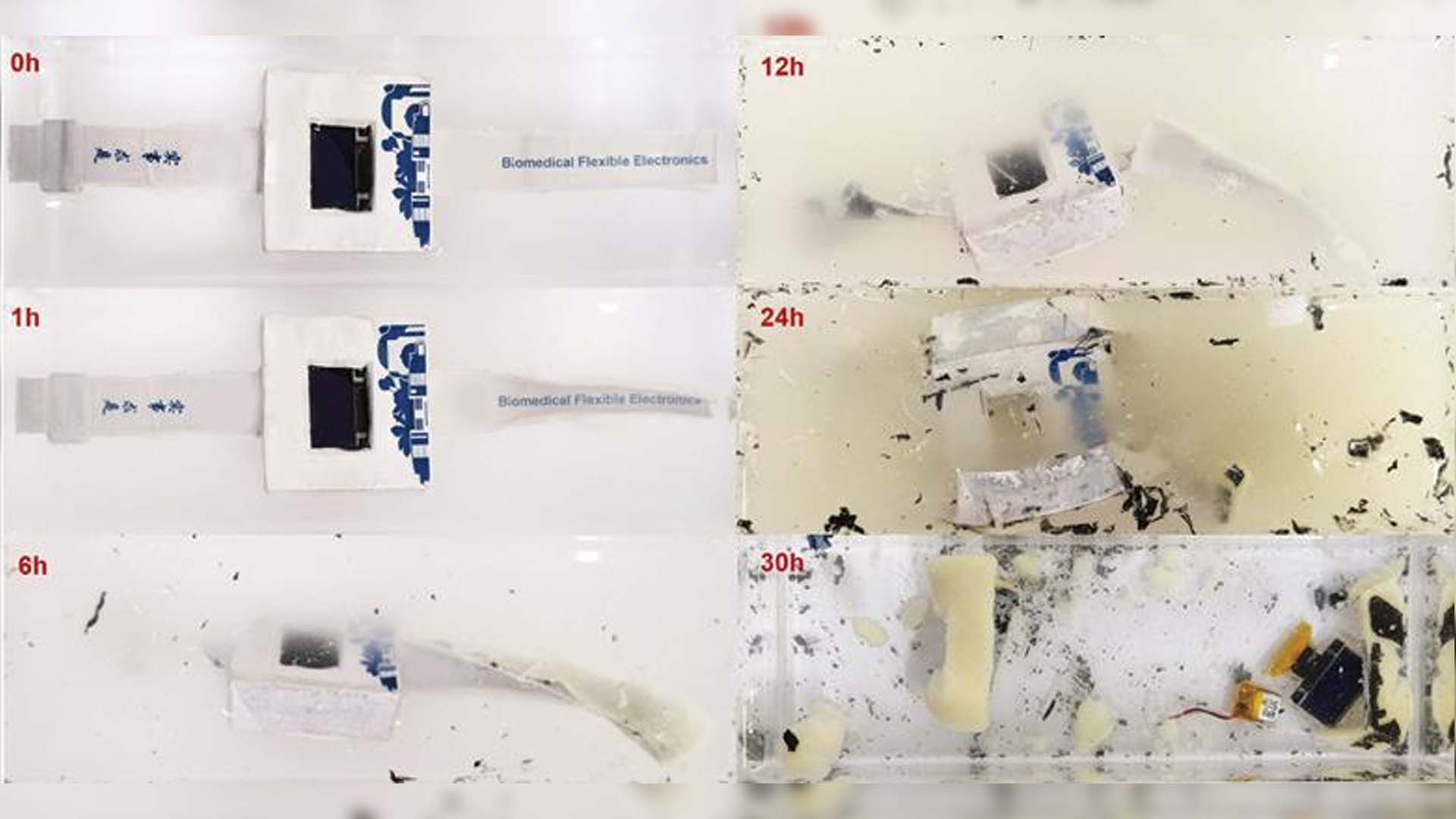 Tomorrow's World Today
Innovation
Tomorrow's World Today
Innovation
S4E01 – The Science Behind Electronics Recycling
In the World of Innovation, we learn how mining has evolved from the days of the California Gold Rush to harvesting the precious metals found inside our electronic scrap and how electronics recycling helps our environment.
Back to SeasonsKeep Watching




















S4E15 – Material Science Meets Building Science




















S4E14 – The Tires of Tomorrow




















S4E13 – The Science Behind Supplements




















S4E12 – Getting Paid to Shop




















S4E11 – Nuclear Does What, Now?




















S4E10 – Big Power in Small Packages




















S4E09 – The Past, Present, and Future of Nuclear Energy




















S4E08 – The Clean Factor




















S4E07 – Pipe Dreams




















S4E06 – Science Behind Relocation




















S4E05 – Semiconductors In Space




















S4E04 – Empty Driver’s Seat




















S4E03 – Innovations in Forestry Management
























